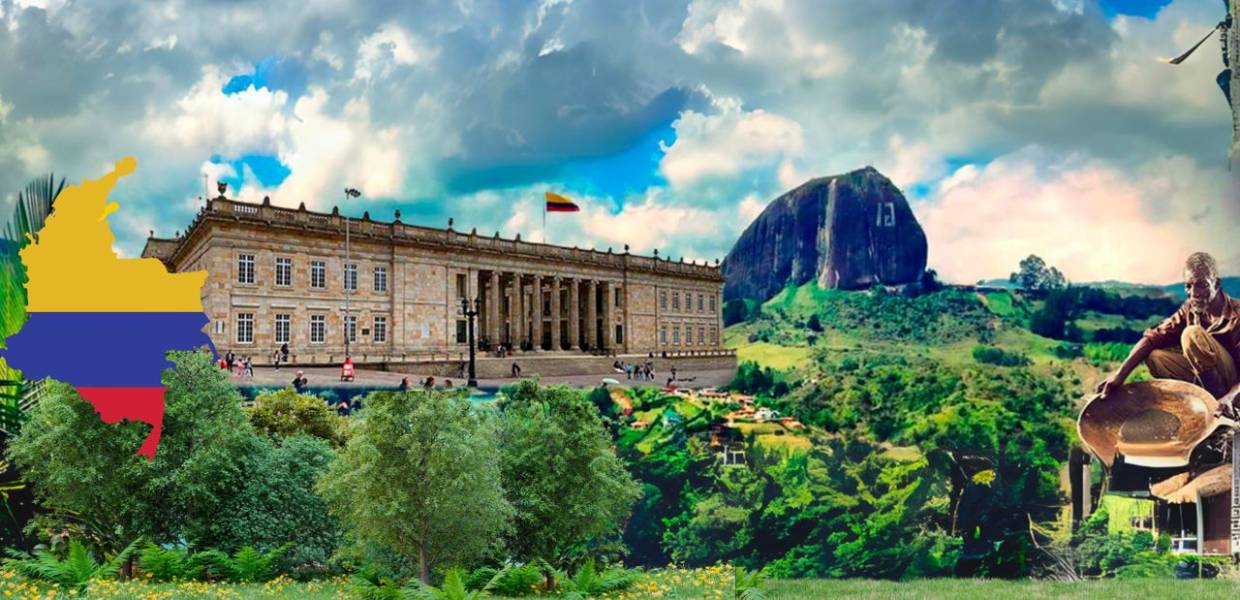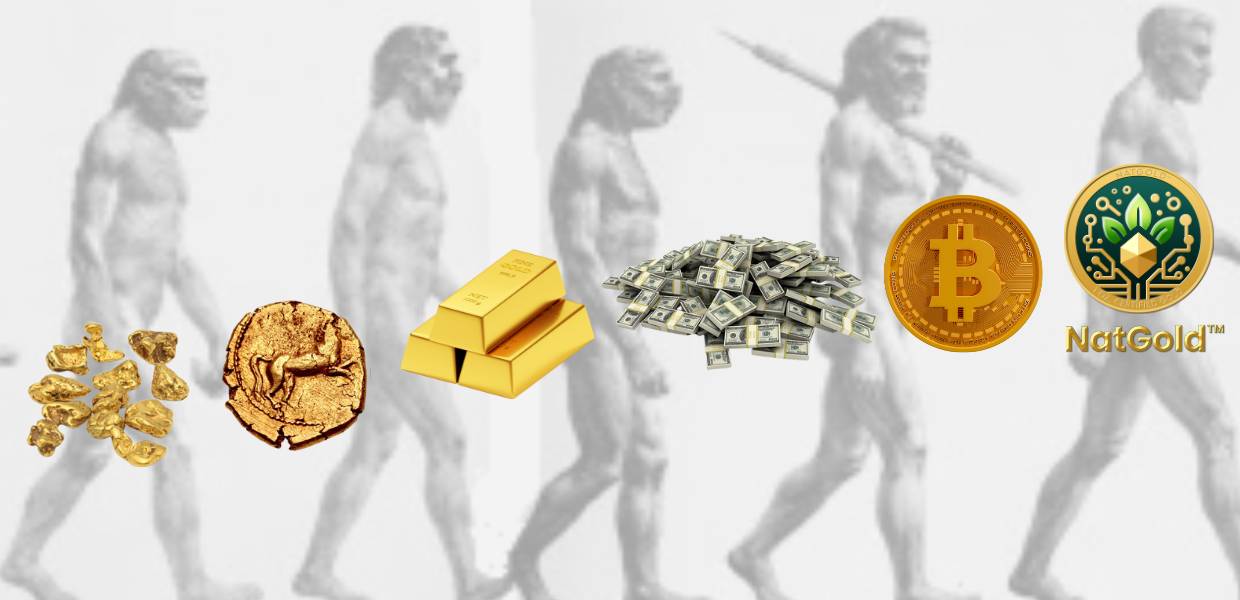At the International NatGold Council, we view Colombia as the ideal candidate to pioneer the implementation of NatGold, or natural gold legislation. This perspective is based on Colombia’s unparalleled combination of rich biodiversity, a long-standing history enriched with gold, and a commitment to political stability and environmental preservation.
A Biodiversity Powerhouse
Colombia, the world’s second-most biodiverse country, is a rich treasure trove of ecosystems and species. Home to about 10% of the Amazon rainforest, it contributes significantly to global oxygen production and biodiversity conservation. Its páramo ecosystems, unique to the northern Andes, are vital freshwater sources with unparalleled water-regulating capabilities. The country’s diverse landscapes, from lush Amazonian rainforests and towering Andean mountains to its extensive Caribbean and Pacific coastlines, support an extraordinary variety of life.
Colombia’s dedication to its natural heritage is evident in its numerous national parks and protected areas, safeguarding its rich biodiversity. As an active participant in international environmental organizations, Colombia adheres to global conservation standards, showcasing its role as an environmental steward on the world stage.
Gold-Rich History
Colombia’s gold potential is significant, ranking as the 17th largest gold producer globally and third in Latin America. With gold exports in 2022 amounting to 70.7 tons, valued at $2.9 billion, gold stands as one of Colombia’s principal exports. The country is a hub for major international gold explorers and producers, such as AngloGold Ashanti, B2Gold, and Aris Mining, evidencing its pivotal role in the global gold market.
The artisanal and small-scale gold mining (ASGM) sector, a crucial component of Colombia’s gold industry, employs approximately 350,000 people and contributes an estimated 87% of the country’s total gold output. Colombia’s tropical climate offers favorable conditions for the exploration, development, and certification of gold resources, especially in regions with a robust ASGM presence, where the transition from informal to formal gold operations is increasingly common.
Colombia: The Natural Global Leader
Colombia’s position as the longest-standing democracy in Latin America and a member of the OECD, alongside Chile, underscores its political stability and commitment to sustainable development. This foundation makes Colombia an ideal candidate for pioneering NatGold legislation, which seeks to harmonize the country’s rich natural and mineral resources with sustainable, environmentally friendly practices.
The implementation of NatGold legislation in Colombia could set a global precedent, offering a model for other nations to follow. It represents a shift towards a more sustainable and ecologically sensitive approach to gold mining, where the intrinsic value of gold is leveraged without necessitating physical extraction. This aligns perfectly with Colombia’s environmental ethos and its efforts to preserve its unparalleled natural heritage.
In summary, Colombia’s unique combination of biodiversity, gold resources, and political stability positions it as the perfect pioneer for NatGold legislation. This forward-thinking approach promises to redefine the global gold industry, offering a sustainable, ESG-friendly pathway to harnessing gold’s enduring value, while ensuring the protection of one of the planet’s most vital and vibrant ecosystems.
Enjoyed this article? Subscribe to NatGold News & Insights for the latest staff updates, expert analysis, exclusive interviews, and updates whenever NatGold is making headlines — all delivered straight to your inbox!
Share This Story!
More Staff Insights
Gold's story as a cornerstone of economic wealth a...





